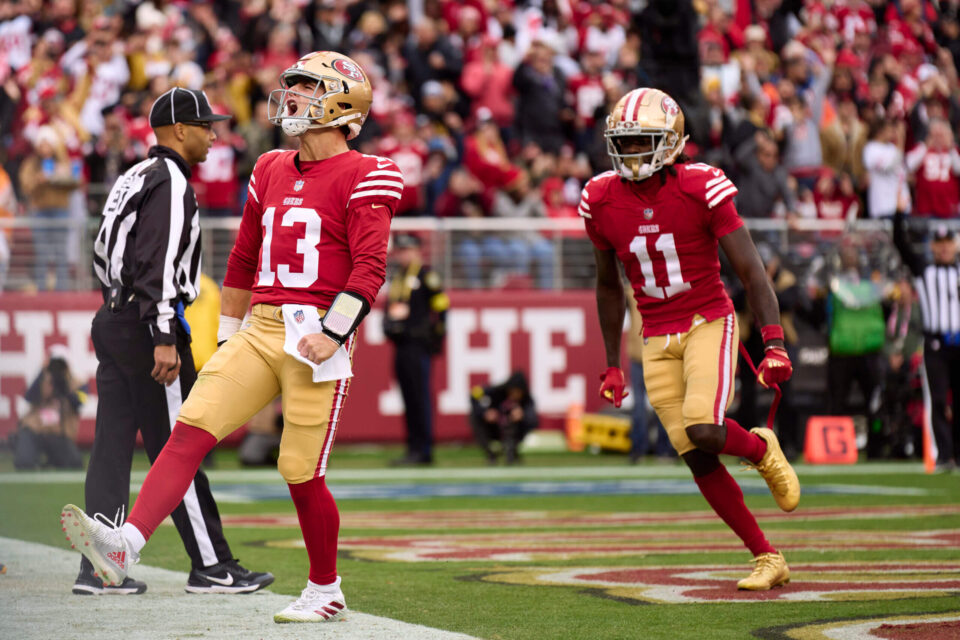The world of professional sports is filled with stories of athletes who have risen to stardom, but it is equally marked by tales of unsuccessful draft picks—those who, despite their potential, never quite fulfilled expectations. Understanding the dynamics behind these missed opportunities is crucial for sports organizations aiming to refine their selection processes and improve their long-term success.
The Complex Nature of Draft Selections
Evaluating Talent: More Art Than Science
Drafting players is an intricate process that blends scouting reports, statistical analysis, and gut instinct. Teams invest significant resources in evaluating talent, but even with the most advanced metrics, predicting future performance remains challenging. Factors such as athleticism, mental resilience, and adaptability can be difficult to quantify, often leading to unexpected outcomes.
Pressure and Expectations
Once selected, draft picks face immense pressure to perform. The weight of expectations from teams, fans, and media can impact a player’s development. Those who struggle to cope with this pressure often find their performance affected, contributing to their status as an unsuccessful draft pick.
Common Reasons for Unsuccessful Draft Picks
Injuries: The Unpredictable Game Changer
Injuries are a leading cause of underperformance among draft picks. While teams conduct thorough medical evaluations before making their selections, unforeseen injuries can derail a promising career. Some players may never fully recover or return to their pre-injury form, altering their trajectory and leaving teams with unmet expectations.
Mismatch of Skills and System
A player’s success is often contingent upon finding the right fit within a team’s system. Even highly talented individuals may struggle if their skills do not align with the coaching philosophy or team strategy. This mismatch can lead to poor performance, limited playing time, and ultimately, an unsuccessful tenure.
Off-Field Issues
Beyond physical talent, character and professionalism are critical components of a player’s success. Off-field issues such as legal troubles, lack of discipline, or poor work ethic can undermine a player’s potential. Teams invest in character assessments to mitigate these risks, but challenges still arise, impacting both the player and the organization.
Case Studies: Notable Unsuccessful Draft Picks
Ryan Leaf: A Cautionary Tale
Drafted as the second overall pick in the 1998 NFL Draft, Ryan Leaf was hailed as a future star quarterback. However, his career quickly unraveled due to a combination of poor performance, injuries, and off-field controversies. Leaf’s story serves as a reminder of the volatility of draft prospects and the multifaceted nature of success.
Kwame Brown: High Expectations, Modest Outcomes
Selected first overall in the 2001 NBA Draft, Kwame Brown was expected to be a franchise-changing player. Despite a lengthy NBA career, Brown never achieved the superstar status anticipated at the time of his selection. His journey underscores the challenges of translating potential into consistent, high-level performance.
Strategies for Mitigating Draft Risks
Comprehensive Scouting and Data Analysis
To improve draft outcomes, teams must invest in comprehensive scouting and data analysis. By leveraging advanced analytics and diverse scouting perspectives, organizations can better assess a player’s potential fit and minimize the risk of a poor selection. Continuous evaluation and adaptation of scouting processes are essential to maintaining competitive advantages.
Focus on Character and Mental Resilience
Assessing a player’s character and mental resilience is as important as evaluating their physical abilities. Teams that prioritize these factors in their selection process are more likely to identify players who can withstand the pressures of professional sports and thrive under challenging conditions.
Development and Support Systems
Establishing robust development and support systems for players can significantly influence their success. Providing access to top-notch coaching, mentorship, and psychological support can help players navigate the transition to professional sports and maximize their potential.
Learning from Unsuccessful Draft Picks
Building a Culture of Resilience and Growth
Organizations can learn from past draft mistakes by cultivating a culture of resilience and growth. Encouraging players to embrace failure as a learning opportunity fosters an environment where they can develop both personally and professionally. This mindset can lead to greater success and satisfaction on and off the field.
Continual Evaluation and Adaptation
The world of professional sports is constantly evolving, and so too must the strategies employed by teams. Continuously evaluating and adapting draft strategies ensures that organizations remain competitive and equipped to make informed decisions that align with their goals and vision.
Conclusion
The journey of an unsuccessful draft pick is complex and multifaceted, shaped by factors ranging from injuries to system mismatches. By understanding these dynamics and implementing strategies to mitigate risks, sports organizations can improve their draft outcomes and secure a brighter future for their teams. As we move forward, embracing lessons from the past will pave the way for more informed decisions and successful careers for athletes.

